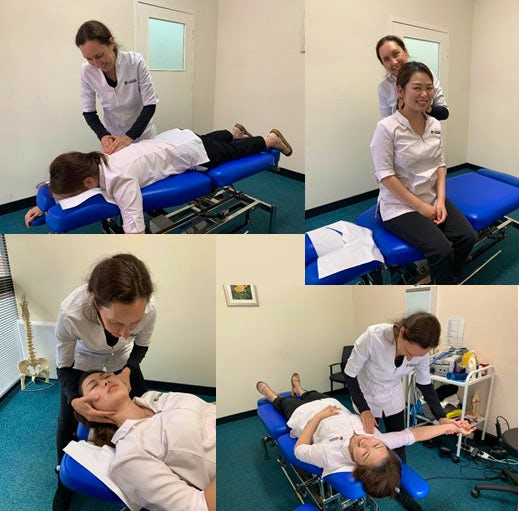
My Most Challenging Chiropractic Patient
My Most Challenging Chiropractic Patient
Tahla Even
One of the most challenging patients that I have worked closely with was a young adult who presented to me with chronic low back pain which had persisted for over 5 years following a car accident. She believed that her pain would never subside and that in the past 5 years, she had never experienced a pain-free day. She had a number of other medical issues occur at the same time which heightened her anxiety and further contributed to her low back pain.
Treating patients with chronic pain is often complex and time consuming and can be particularly challenging for both the patient and clinician. The management of chronic pain is best approached through multidisciplinary care addressing any co-occurring psychological factors contributing to pain (anxiety, depression etc.), symptomatic relief of pain and fixing the underlying cause of her pain.
What is Chronic Pain?
Chronic pain is pain which persists for longer than 6 months, often due to a phenomenon called CENTRAL SENSITISATION. Several studies suggest that central sensitisation is driven by inflammation of the nervous system, ultimately leading to increasing and persistent pain. [1] It is also understood that central sensitisation may be amplified by psychological stresses.[2]
The Biopsychosocial Model
The “Biopsychosocial Model” is a framework developed in 1977 to help practitioners understand the multifactorial nature of pain complaints.[3]
It outlines biological (pathology), psychological (thoughts, emotions and behaviours) and social (financial struggles, family, work) factors which affect health. This model is commonly used to address chronic pain patients as often all three factors influence the chronicity of pain.
As you can imagine, it can be quite exhausting as a patient and practitioner to have to address all of these factors through collaboration with other health professionals and services.

How do we Approach Chronic Pain Patients?
I find the best way to approach chronic pain patients with a “problems list”. From that list, it is easier to identify how chiropractic care may help and if co-managing the patient with other health professionals would optimise pain outcomes.
Some of the ways in which chiropractors may assist with chronic pain management include:
- Spinal manipulation therapies and/or spinal mobilisations
- Soft tissue treatment, including but not limited to massage and dry needling
- Therapeutic electrical nerve stimulation (interferential)
- Low level laser therapy (LLLT)
- Nutritional advice and enabling access to appropriate resources to help address all factors influencing health
- Appropriate exercises and lifestyle changes
It may be appropriate to co-manage chronic pain patients with other specialists including:
- Their primary healthcare provider
- Pain specialists
- Psychologists and/or psychiatrist
- Naturopaths
- Pilates or yoga instructors
While patients experiencing chronic pain can often feel helpless, at Lakeside Chiropractic our experienced and holistic chiropractors can assist in managing your chronic pain and guide you in the right direction to better overall health outcomes. If you have any enquiries or would like to book an appointment, feel free to contact one of our friendly staff on 9300 0095 or visit our website at www.lakesidechiro.com.au.
References1. Ji RR, Nackley A, Huh Y, Terrando N, Maixner W. Neuroinflammation and Central Sensitization in Chronic and Widespread Pain. Anesthesiology. 2018 Aug;129(2):343-366. doi: 10.1097/ALN.0000000000002130. PMID: 29462012; PMCID: PMC6051899.
2. Crofford LJ. Chronic Pain: Where the Body Meets the Brain. Trans Am Clin Climatol Assoc. 2015;126:167-83. PMID: 26330672; PMCID: PMC4530716.
3. Gatchel, Robert J., Peng, Yuan Bo, Peters, Madelon, L.; Fuchs, Perry, N.; Turk, Dennis C. 2007 The biopsychosocial approach to chronic pain: Scientific advances and future directions flickR Psychological Bulletin, Vol 133(4), 581-624



